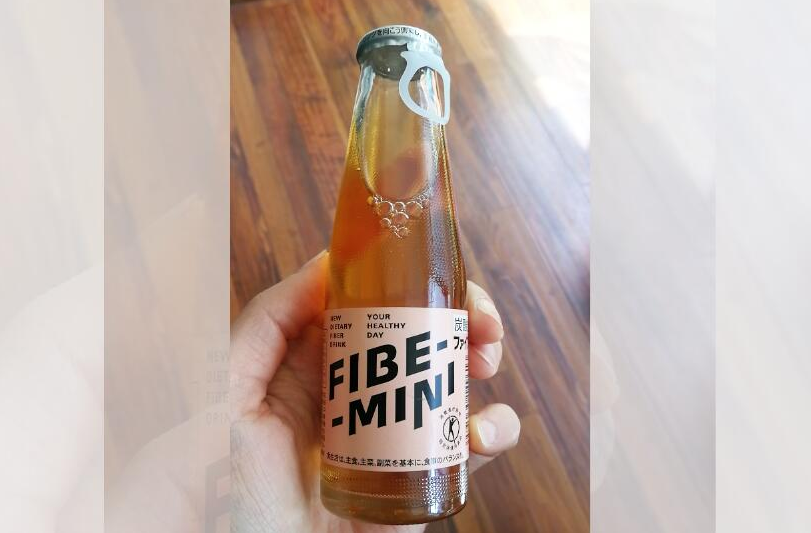Nutrition and HealthHome > Nutrition and Health >
How can the wave of dividends be captured by the rise of the "sugar-free" and "high-fiber" beverage market?

Japanese consumers believe that beverages are not only used to quench thirst, but as a good source of nutrients like vitamins. In 1988, the Japanese Volkswagen Pharmaceutical Company introduced a drink called "Fiber-Mini" to the market, which used soluble dietary fiber in the formula. The successful sales strategy and highlights the health, is generally welcomed when it goes on the market. In Japan, the United States and other markets, consumer demand is growing 10% every year, also gradually emerging a boom in "high-fiber" beverages in the market.
Karin Meissner,Dietary Fiber Business Development Manager of Cargill said, “Dietary fiber claims attract consumers and help them achieve healthy diet goals. Dietary fiber also has another important role: helping brands achieve low-calorie and sugar reduction in formulas aims."
The "Healthy China Action (2019-2030)" proposes to speed up the revision of the general principles of prepackaged food nutrition labeling, encourage companies to make claims of "low sugar" or "sugar free", and actively promote the use of "package positive labeling" information on food packaging , To help consumers choose healthy food.
Leverage "no sugar", "low sugar" and "high fiber" to optimize products
According to the GB28050-2011 National Food Safety Standard "General Principles for Nutrition Labeling of Prepackaged Foods", "no-sugar or sugar-free" means that the sugar content of solid or liquid foods is not more than 0.5 g per 100 g or 100 ml.




